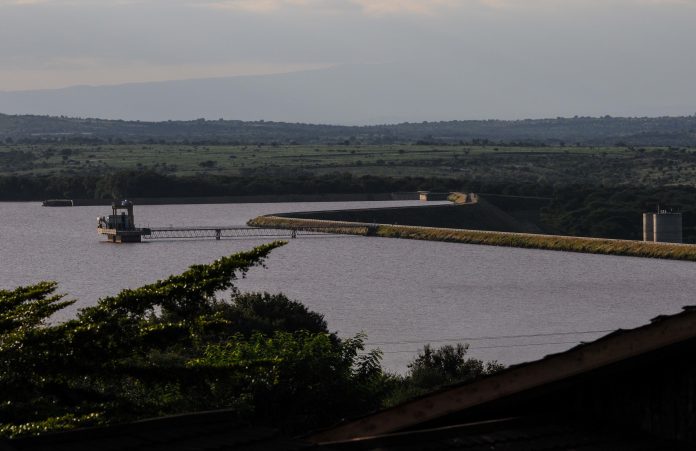Power producer KenGen has secured funds to raise Masinga dam wall as a way of increasing water catchment and ensuring steady supply of cheap hydropower even during dry spells.
“KenGen recently secured funding for the project. We are now at the procurement stage. Once complete, we will then move to feasibility study update phase, then proceed to project execution,” the power company tweeted in regard to the dam elevation plan.

Though the government-owned producer did not indicate the funding source and amount, it had earlier announced that the credit line for wall extension by at least 1.5 metres would come from the French Development Agency (AFD).
Besides enabling reliable generation of hydropower throughout the year, the water catchment capacity expansion, will help lessen flooding downstream by holding more volumes of water during heavy rains.
Masinga station (40MW) is a strategic national asset since it’s the first dam in the Seven Forks cascade on Tana River comprising a chain of five hydropower stations. They include Masinga, Kamburu, Gitaru, Kindaruma and Kiambere in that order and with a total installed capacity of 599 megawatts (MW).
The dams naturally overflow whenever they fill up as is currently the case due to rains heavier than normal in the Tana River Catchment.
By going ahead with the extension plan, KenGen has defied counsel from Dutch experts who recommended that the Masinga dam should instead be desilted by dredging out layers of sediments lodged on the floor.
“Desiltation is a cost-effective and most efficient way of managing hydroelectric dams. In Netherlands, which has dozens of hydropower stations, dams are never raised, only desilted,” the Dutch power sector experts said earlier.
The Masinga height extension plan has been on the cards for over seven years.
In 2013, earlier estimates indicated that the wall extension by 1.5 metres would cost Sh1.5 billion ($15 million) but the deal was put on ice. Then in 2018, it was revived after KenGen managing director Rebecca Miano said they had received financing commitment from AFD of France, with a revised target of two metres height extension.
The French agency handpicked French company EDF Group to conduct a feasibility study at a cost of Sh21 million (€169,000).
The project also involves installation of equipment (pumped storage) that will pump downstream water discharge back to the dam to ensure steady generation of the cheap power throughout the year.
Hydropower, a clean, renewable energy, remains Kenya’s cheapest source of electricity at an average of Sh5 per unit ($0.05).
Besides the cost factor, hydropower stations are important for Kenya since they act as spinning reserves for balancing out fluctuations in weather-dependent wind and solar power, acting as national grid stabilisers. Kenya hosts the largest renewable energy project in sub-Saharan Africa, the 310MW Lake Turkana wind power alongside 55MW Garissa solar project.
Spinning power stations can easily be switched on and off, ramped up and down in real-time to match fluctuations in solar and wind power generation, avoiding large-scale system interruptions.
Read also: World Bank faults Kenya-Ethiopia inaction over Lake Turkana extinction threat




